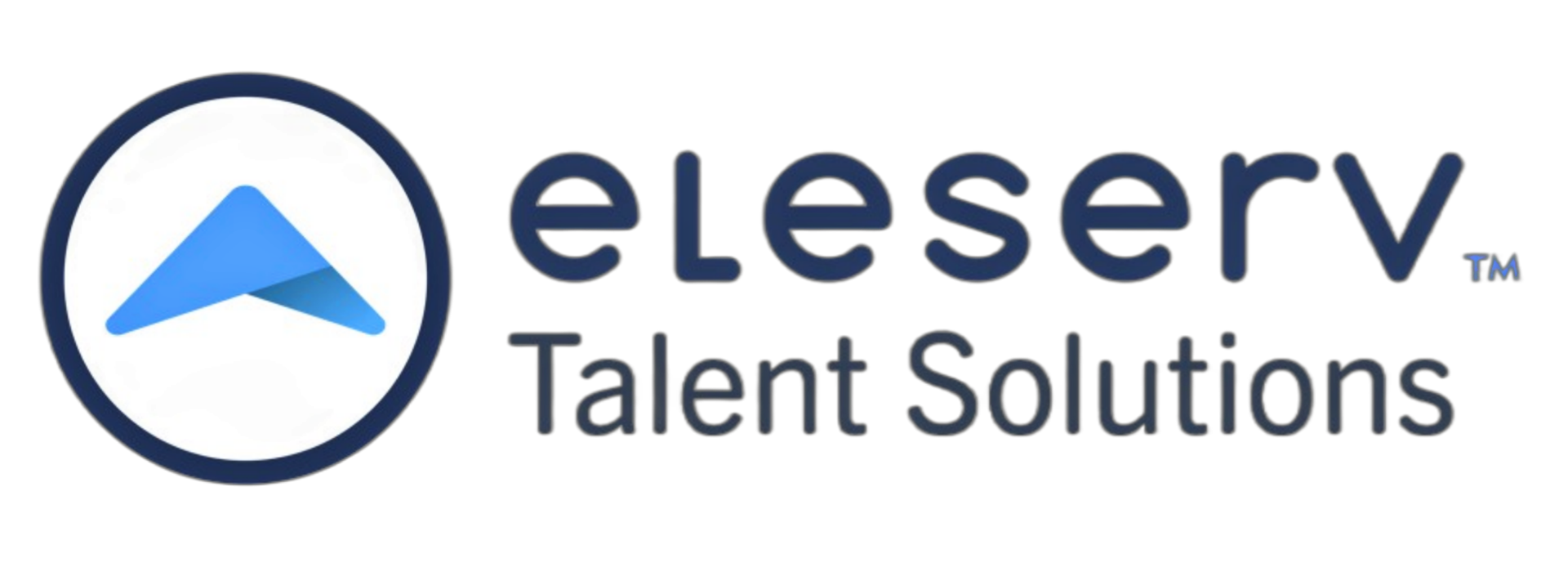Upskilling and Reskilling
Customer Service
In today's rapidly changing business landscape, the success of a company depends not only on its products or services, but also on the skills and capabilities of its employees. With advancements in technology and constantly evolving customer demands, it has become essential for businesses to invest in upskilling and reskilling their workforce.
Benefits of Upskilling Current Employees vs. Hiring New Ones
Upskilling Current Employees:
Cost-Effective: Training existing staff is generally more cost-effective than recruiting and onboarding new hires.
Retention: Employees feel valued and are more likely to stay when they see opportunities for growth and development.
Consistency: Current employees are already familiar with your company’s culture, values, and processes, ensuring a seamless transition as they adopt new skills.
Hiring New Employees:
Immediate Skills
New hires can bring fresh expertise and perspectives to the team.
Fresh Ideas
They can introduce new strategies and approaches that might not be present within the current team.
While both approaches have their merits, upskilling existing employees often provides a more sustainable and cohesive growth strategy.
The Four Stages of Employee Skilling
Assess Current Skill Set The first step in the process of skilling your employees is to assess the employee’s current skillset to identify strengths and gaps. This is often done in isolation of the learning ecosystem. A better approach is to incorporate self, manager, and peer assessments against custom role-based skills taxonomies to obtain a true skills inventory.
Planning Typically, learners select the LMS subjects or topics they wish to acquire knowledge in, regardless of their relevance to the learner’s skill gaps. However, this doesn’t always yield the results desired for the employee or the organization. A better approach is to create a learning plan that targets that employee’s largest skill gaps using activities mapped from the organization’s learning ecosystem.
Skilling Using formal learning activities, training, workshops, and online courses can all be used to drive the skilling process. A clear learning plan, created in the Planning stage, for each employee is required here to ensure that the learning process is not disjointed. Best practice would be incorporating formal training, coaching, and mentoring into the flow-of-work learning to ensure that each employee receives an effective skill development experience.
Evolution - Foster a Culture of Continuous Learning
Learning is a continuous process, not a check-the-box I’m done activity. Having a culture of continuous learning helps build a rhythm of continuous improvement by methodically developing one skill gap at a time. Offer incentives for completing training programs and provide opportunities for career advancement. A culture that values growth and development will attract and retain top talent.
Partnership with SkillDirector
Upskilling and reskilling are crucial for businesses looking to stay competitive in today's fast-paced business world. By investing in their employees' development, companies can ensure a skilled and adaptable workforce that will contribute to their long-term success. Don’t have an Upskilling/Reskilling program in place? Interested in talking to someone that can point you in the right direction? Eleserv Talent Solutions has partnered with a leader in the industry of upskilling and reskilling:SkillDirector.com
SkillDirector makes the skilling process easy with their comprehensive platform that facilitates the learning process based on the competencies for each position.


